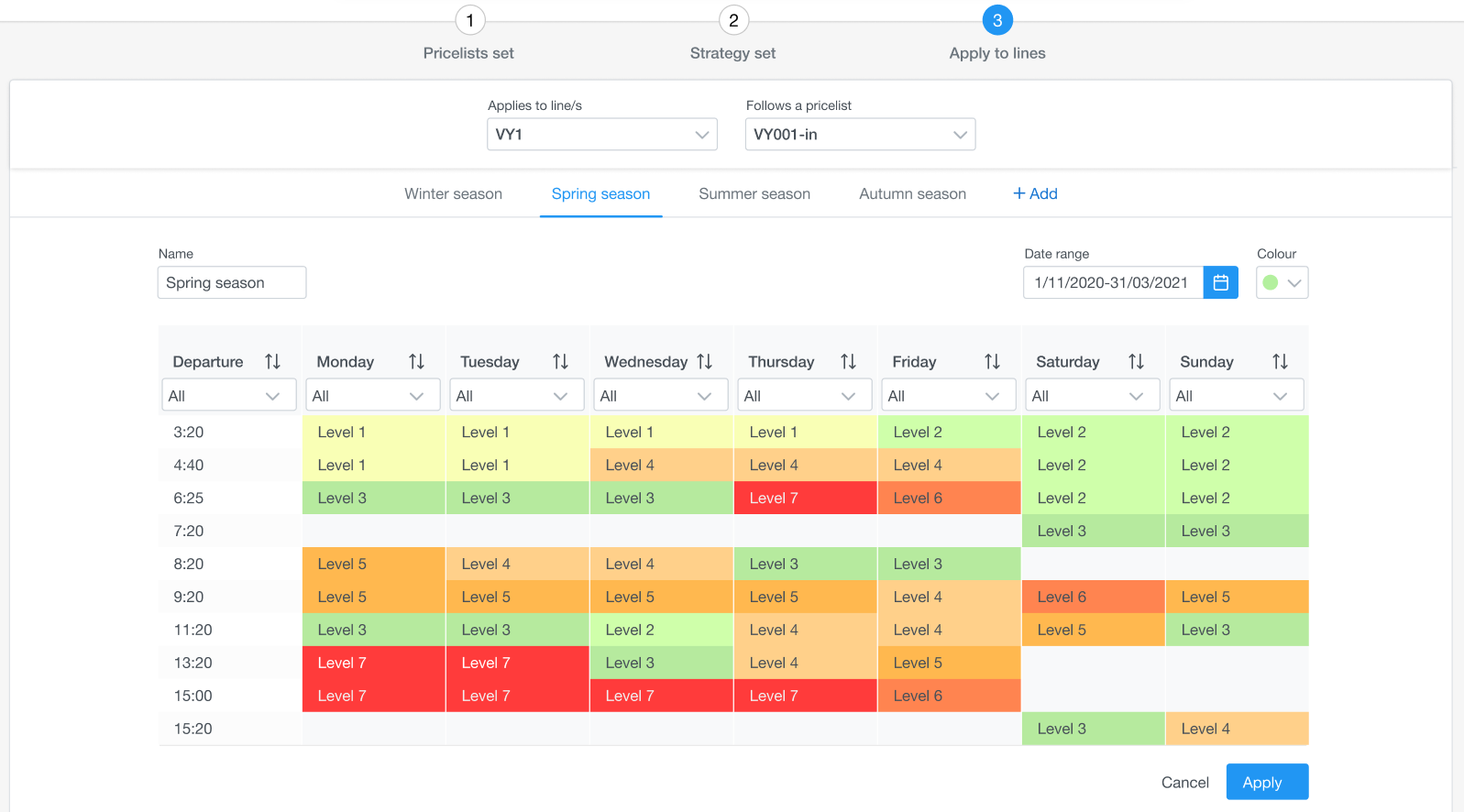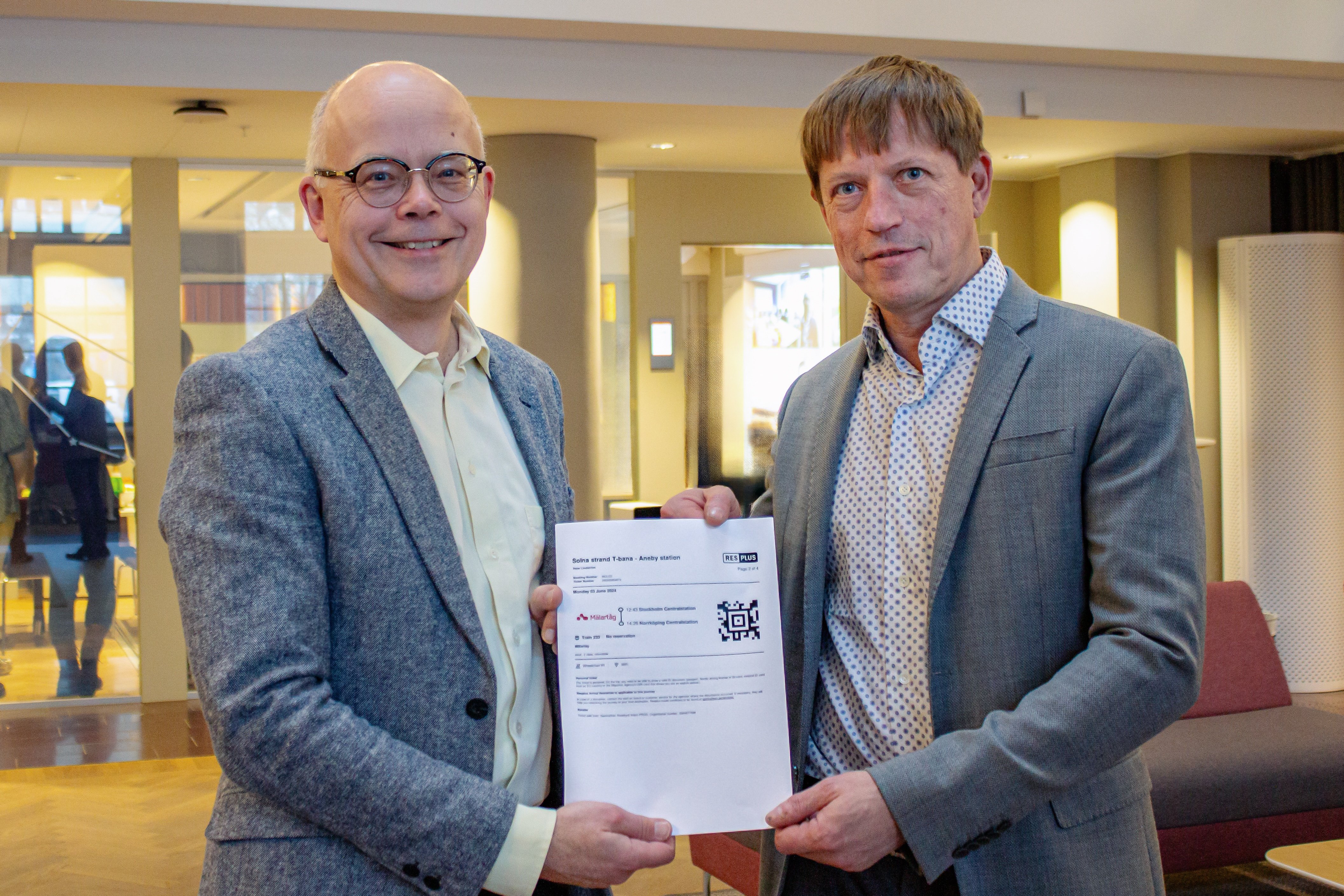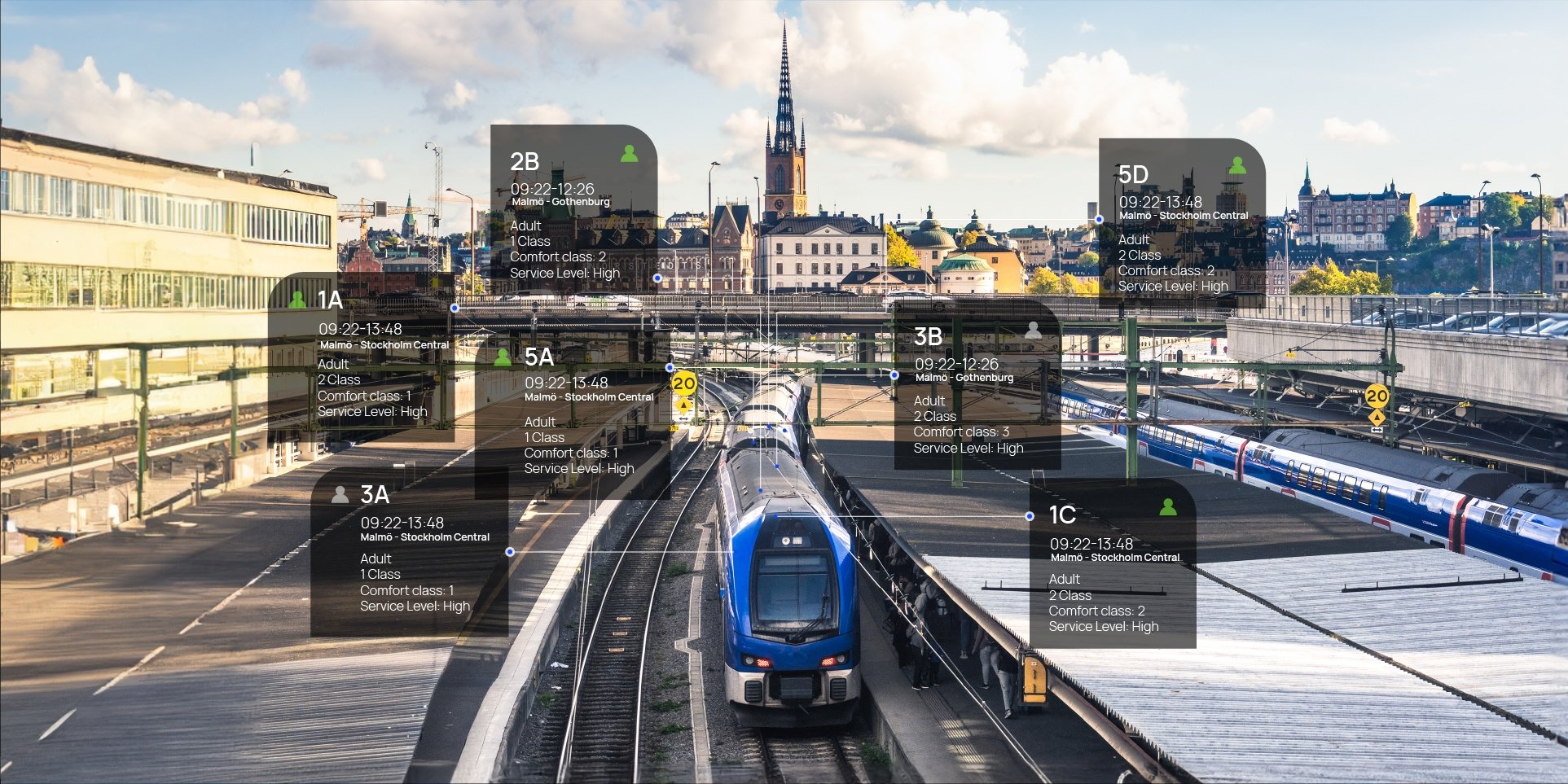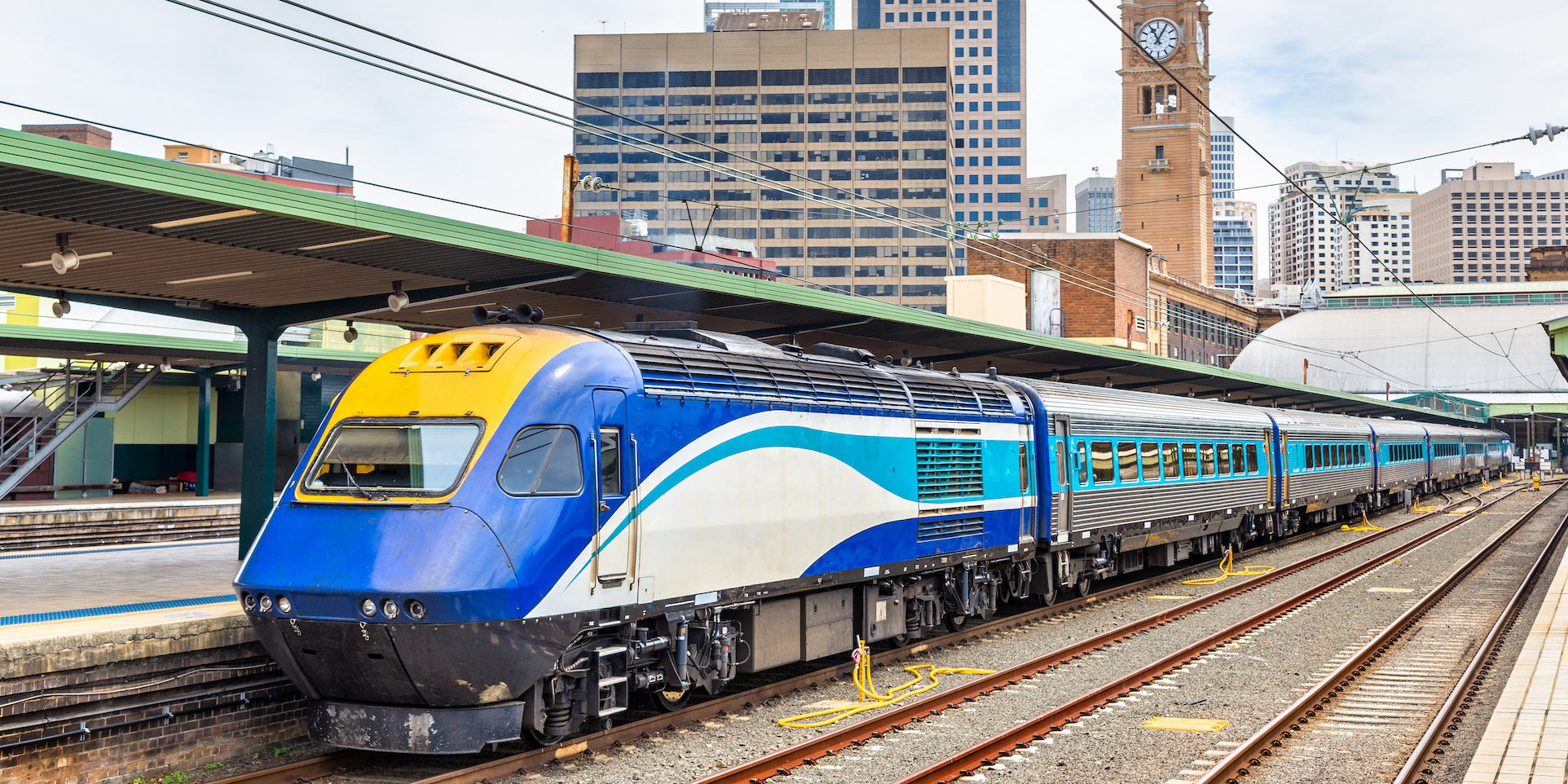How COVID affects Revenue Management?

The world has been pandemic driven for more than a year and the effect on the transportation industry is of course profound. When it comes to revenue management, there is very little predictability in demand, turning automated revenue management and dynamic pricing into risky business. However, lessons learned from adapting to this volatility are fascinating. Here are Turnit’s key observations on revenue management topic in the intercity bus & rail industry during the COVID-19 era.
Lesson 1: Classic Revenue Management (RM) is crippled
A typical revenue management system used to rely on sophisticated algorithms forecasting demand based on historic booking data. Prices would automatically adjust to surges during weekends, holidays and other popular travel periods. The new reality: lockdowns are not predictable, historic data is corrupted, booking curves are very short, all of which makes algorithms helpless.
However, this does not require giving up flexibility and returning to fixed pricing. Surge and ebb periods are still there. They are just not predictable. Revenue management in 2021 is a sniper job: observing the environment in real time, ready to take action in the blink of an eye.
Lesson 2: Real-Time Data Matters
As said, typical revenue management system looks at the past in order to forecast the future. That is, calculate the optimal price points for the upcoming period based on historical data. But for that, you need at least a year worth of booking data in order to make valid predictions. The longer the period, the better predictions you get. This data will usually reveal a surge during holidays, lower demand during mid-weekdays etc. But it only works if the market conditions are comparable.
Since spring 2020 market conditions and typical travel consumer behavior have been reset. Instead of historic data, reliable real-time data is king. Your pricing strategy needs to instantly adapt to either surge in travel demand, another lockdown, depending on local regional outbreaks and vaccination situation or to competitor's aggressive pricing strategy.

Lesson 3: Context is the Key
There’s more: the variety of data points is considerable. It’s not just the demand and time the systems need to observe but also contagion rates, vaccination rates, regulatory issues that differ from territory to territory. The volatility in demand is immense. The data needs to be available and constantly put into context: what are the infection rates, what are the restrictions imposed and relieved by authorities and so on. No AI and machine learning based revenue management system is prepared to take actions in this constant flow of black swans. You need to rely on human analysis and simple, reliable and straightforward way to apply pricing changes to your booking system.
For that reason, Turnit has decided to apply in its product roadmap for 2021 and 2022 period specific focus on improving its current dynamic pricing strategy tools. We are developing a pricing strategy management tool which allows operators to make split-second decisions and override existing pricing patterns with just couple of clicks, using pre-defined strategy templates.
Lesson 4: Successful RM requires Reliable Inventory Management System (IMS)
Sudden lockdowns followed by surges in travelling mean an unpredictable ebb and flow of bookings. Thus, you need a strong backend that is able not only keep you posted with real time visibility but also keep your services going when the demand gets high. During quieter times, you’d like it to again adapt and deploy less resources.
Don't forget that by using real-time dynamic pricing on your services, many digital resellers will start bombarding your API-s more often in order to relay the most accurate pricing to their visitors. Thus rock-solid system architecture is super important as spike in demand usually results in high conversion rates. It is entirely possible that tens of thousands of customers are searching for tickets one day but only a fraction of them conduct the purchase a lot later. The backend architecture of your system needs to keep it all going without spending ridiculous amounts on upscaled hosting costs.
Lesson 5: Uncertainty favors Vertical SaaS Software
It looks like in Europe and North America the vaccination rates are improving gradually and travel restrictions are eased. Survivors of the pandemic certainly know one thing: embracing uncertainty.
This means that in the light of slashed cash flow, many decisions made before COVID, for example expensive investments for in-house proprietary software solutions, are to be postponed or probably even reviewed. But the demand for modern digital tools still remains. For that reason, we will witness a boost in adoption rates of vertical-specific SaaS solutions like Turnit.
Turnit is a leading reservation and inventory management solution that has revealed its true strengths during the pandemic, allowing passenger transport operators to flexibly drive their sales in a changing environment. Contact us for a demo to see how Turnit matches your revenue management requirements in a hectic world.





